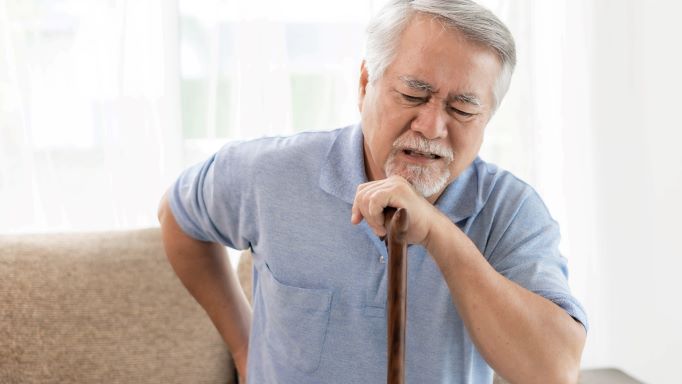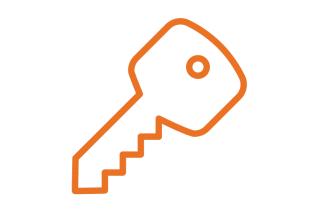Dr Sue Ferguson – dealing with chronic pain
Chronic pain presents a variety of challenges beyond the pain itself, as I’m all too aware, having researched and taught about it as well as experiencing it myself.
Chronic pain is pain that lasts for three months or more. It includes pain from injuries, from diseases such as arthritis and cancer, from nerve damage or nerve inflammation (such as diabetic neuropathy, shingles and sciatica). Also another type of pain which is poorly understood – nociplastic pain (such as back pain and fibromyalgia).
3.4 million Australians have chronic pain, including one in five people over 45, and it costs around $144 billion a year. It can interfere with our ability to work and perform day-to-day tasks, reduce mobility and increase the risk of falling, particularly in older adults. This can affect our ability to look after ourselves, and sometimes even our ability to live independently. Chronic pain also commonly impacts sleep and mood.
The Biosocial Model of pain explains that ALL pain has interlinked biological, psychological and social aspects. The biological process involves the body transmitting messages to the brain about damage, threat or poor health. When the brain processes these it may become over sensitised. There’s more information about this here and in this video.
The fact that pain has psychological aspects doesn’t mean it’s all in your head. We know that stress, anxiety, fear, depression, and negative thoughts about pain, particularly catastrophising, can all increase pain, but can also be increased by pain.
Fear of pain can contribute to avoidance of activities, leading to increased muscle weakness and fatigue, and to further pain on movement. Doing fewer rewarding and enjoyable activities can also lead to depression, which exacerbates pain and disability and perpetuates the cycle.
However, there is also new research showing that positive psychological factors such as optimism, hope, and resilience (positive coping) can sometimes help reduce pain in older adults.
Pain can also affected by Family, friends and the broader community, who can provide much-needed support or cause harm, for example by not believing the pain is real. They can get fed up with sufferers not participating in activities, or feel upset that they can’t fix it. There are similar challenges in dealing with health professionals.
Pain management strategies
Psychological techniques include Relaxation techniques or mindfulness meditation, Strategies to help you get better sleep. And Cognitive techniques to reduce unhelpful thoughts and emotions. Consider consulting a psychologist for help with these techniques.
Social strategies include plan things to look forward to and continuing whatever social and life-affirming activities you can manage. Explain to your family, friends and health professionals that you want empathic acceptance that your pain is valid, effective communication and shared planning of your care. Try a support group.
See a physiotherapist or exercise physiologist and for exercise recommendations. Try gentle movement such as walking, tai chi, or water-based exercise, but follow these dos and don’ts. Don’t overdo it on a low pain day – use a pacing technique. Use hot or cold packs as recommended.
Some people manage without medication, while others use them. If you do, make sure they don’t interact with anything else you’re taking. Or that they pose too high a risk of addiction or falls, or have side effects that aren’t manageable. make sure you stick to what you have been prescribed!
Often a multidisciplinary approach is best. Talk to your GP about referral to allied health professionals or to a specialist or pain clinic. Specialists can sometimes offer injections, surgery or other options such as spinal cord stimulation (neuromodulation).
Some other approaches with growing evidence include an anti-inflammatory diet and acupuncture. More research is needed on others such as cannabis-based product CBD, or virtual reality.
I recommend trying this Free online pain course from Mindspot, or the This Way Up Pain Program which costs is $59 and you need a doctor’s referral. Always consult your doctor, physiotherapist, psychologist, or pain clinic staff before making changes to your pain management strategies.
More information:
Musculoskeletal Australia Helpline on 1800 263 265 or email [email protected].
Australian Pain Management Association Pain Link Helpline 1300 340 357.


Dr Sue Ferguson is an Honorary Associate Lecturer in the Psychology Department at Macquarie University and has expertise in health psychology and positive ageing.
Original article sourced from COTA NSW newsletter. To sign up for the COTA NSW newsletter please visit their website HERE.











